Annual National-Cultural Tribute to Archbishop Makarios III
"Makarios Nyn and Aee"
The Panagia Community Council and the Association of Emigrants of Panagia, in collaboration with the Historical Cultural Centre of Archbishop Makarios III, the Youth Centre and the Panagia FC, organize once more, the annual tribute to Archbishop Makarios III with the name "Makarios Nyn and Aee".
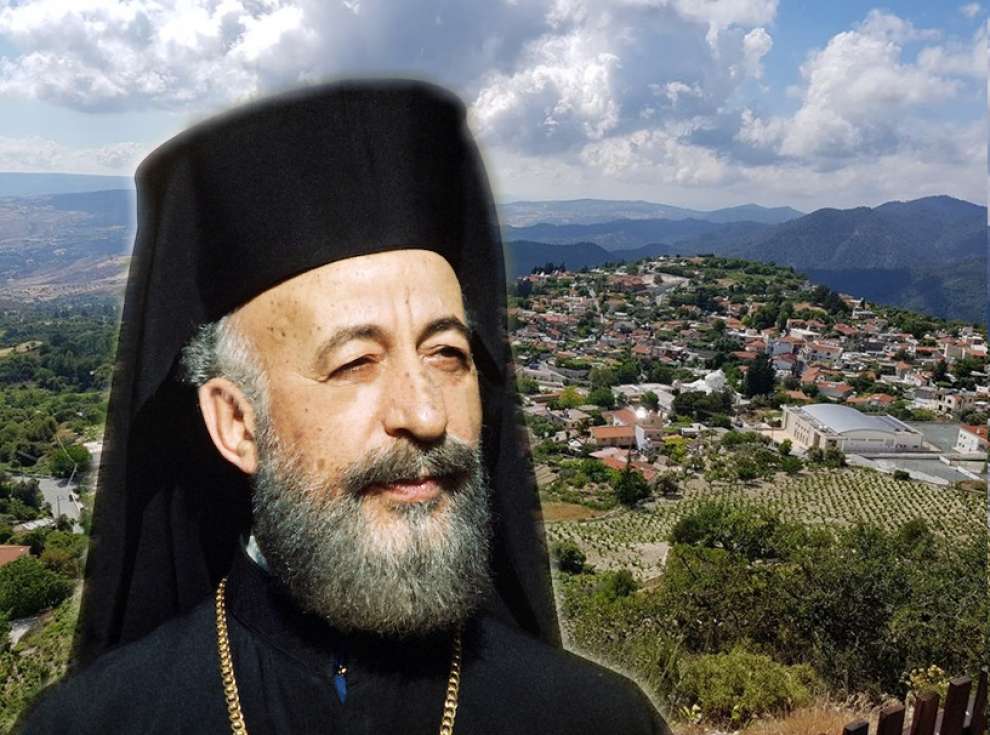
The tribute, is celebrated on the 13th of August every year, on the anniversary of the birth of Archbishop Makarios III, and will take place in the main square of the village at 8 o’ clock in the evening. Entrance is free for everyone.
The tribute includes a short speech in honor of the Archbishop Makarios III and a big concert with famous singers from Greece and Cyprus, with songs dedicated to Cyprus.
A few words about the Ethnarch:
The secular name of Makarios was Michael Christodoulou Mouskos and he was born on August 13, 1913. Michael Christodoulou Mouskos was born in the mountainous village of Pafos, Pano Panagia. He was an excellent student and his teacher made a suggestion to continue his studies. Because his family was poor to support him in this, he applied to become a cadet at the Kykkos Monastery. After extensive exams, the young Mussos was admitted in 1926.
There he completed the third Grade Progymnasium (Greek School) and his grades were so good that in 1933 the Kykkou Monastery sent him to the third Pancyprian Gymnasium in Nicosia where he had an impressive success as a student so that in 1936, when he returned to the Monastery, director of the Greek school. In 1938 he received a scholarship to study Theology at the Faculty of Theology of the University of Athens, completing his studies in 1942. Makarios remained in Athens and in 1946 he was ordained a priest and archimandrite at the temple of Agia Paraskevi Piraeus.
He began studying at the University of Boston, Massachusetts, USA. There, beyond theology, he attended courses of religious sociology. In 1948, during his studies, he was elected in the absence of Bishop Kiti and returned to Cyprus. Shortly afterwards, following his enthronement as Bishop of Kition, he was appointed director of the four-member Office of Ethnarchy in order to coordinate the struggle for the Union. After the death of Archbishop Makarios II, in 1950, 37 year old Makarios will be elected the new archbishop of Cyprus. In his speech, he promised the people that he would work hard for the Union of Cyprus-Greece.
This was followed by the stormy struggle of EOKA in 1955-1959. During the struggle, Makarios was exiled to the Seychelles and rejected both Hardening and Radcliffe as there was no clear roadmap for self-determination. After several ambiguities, and before the threat of the Macmillan Plan, which provided the partition of Cyprus, he had to sign the solution of guaranteed independence with the Zurich Conventions of London and returned to Cyprus.
After the signing of the agreements, the first elections took place in Cyprus. Makarios won the elections with 66.29%. The 1970s attempted to assassinate Makarios and in 1974 the coup and the Turkish invasion.
Makarios returned to Cyprus in December 1974, i.e about 4.5 months after his rescue and escape from the island and 3.5 months after the Turkish invasion. There he was allowed a palace reception, after having passed from Athens, where he stayed for a few days. On 12 February 1977, the Makariou-Denktash Agreement was concluded, in which it accepted the bi-zonal bi-communal federation.
Archbishop Makarios III died on August 3, 1977, at the age of 64.
He was the archbishop of the autocratic Orthodox Church of Cyprus from 1950 until his death and the first President of the Republic of Cyprus since 16 August 1960 and also until his death on 3 August 1977.

 English
English
 Ελληνικά
Ελληνικά Русский
Русский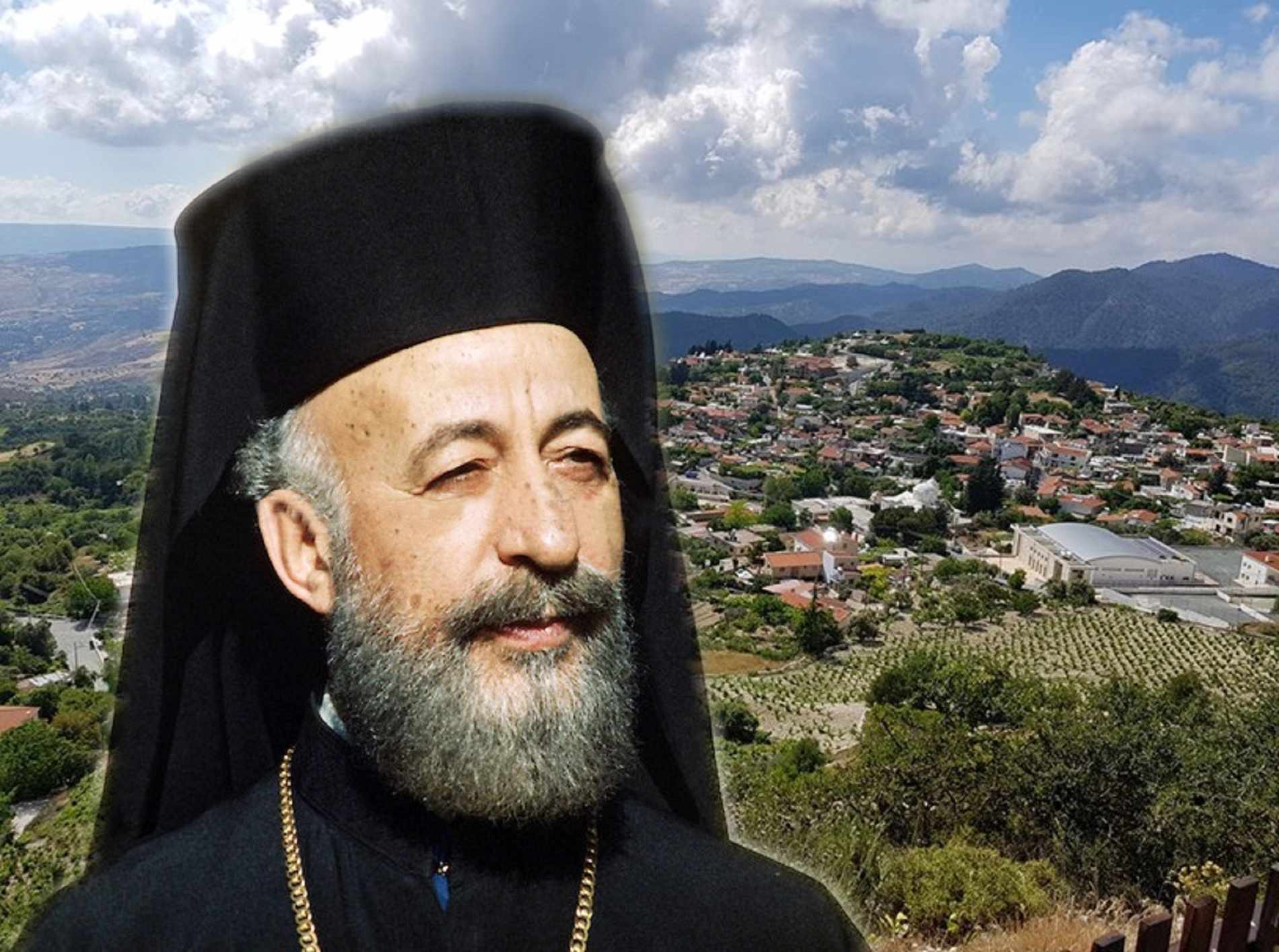
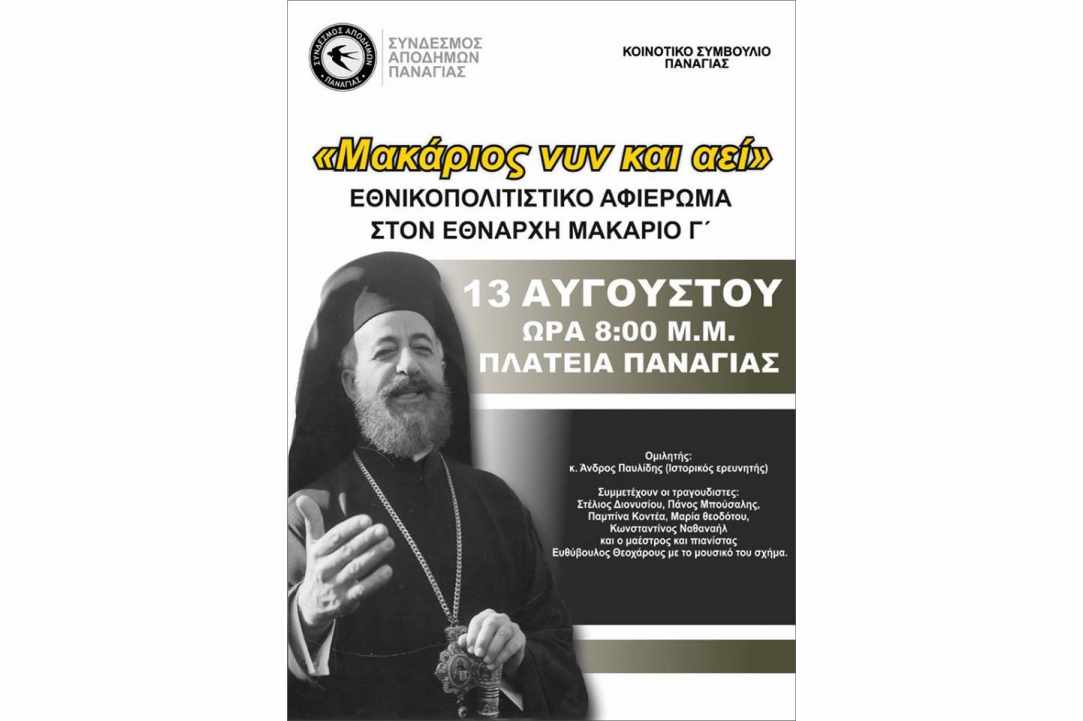
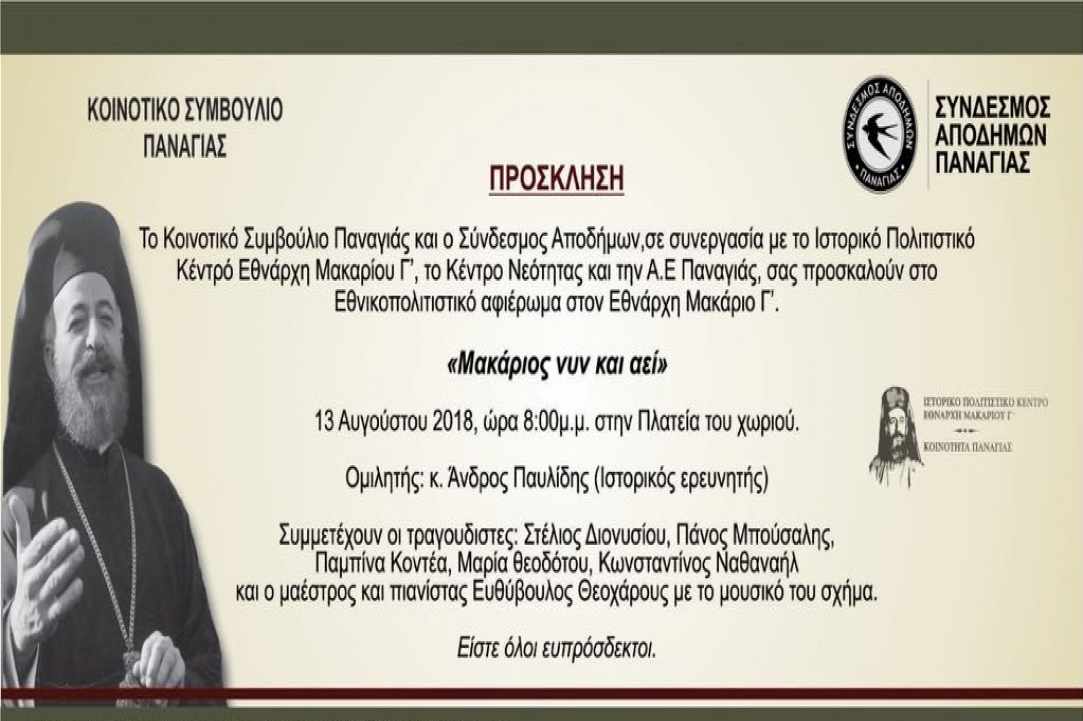
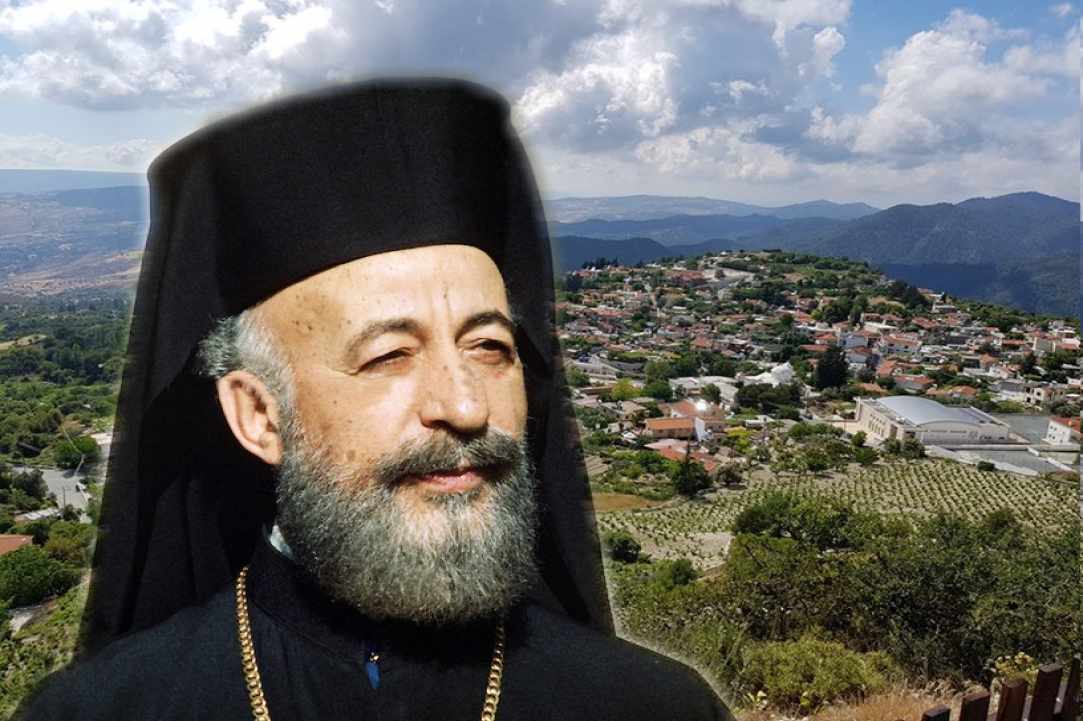
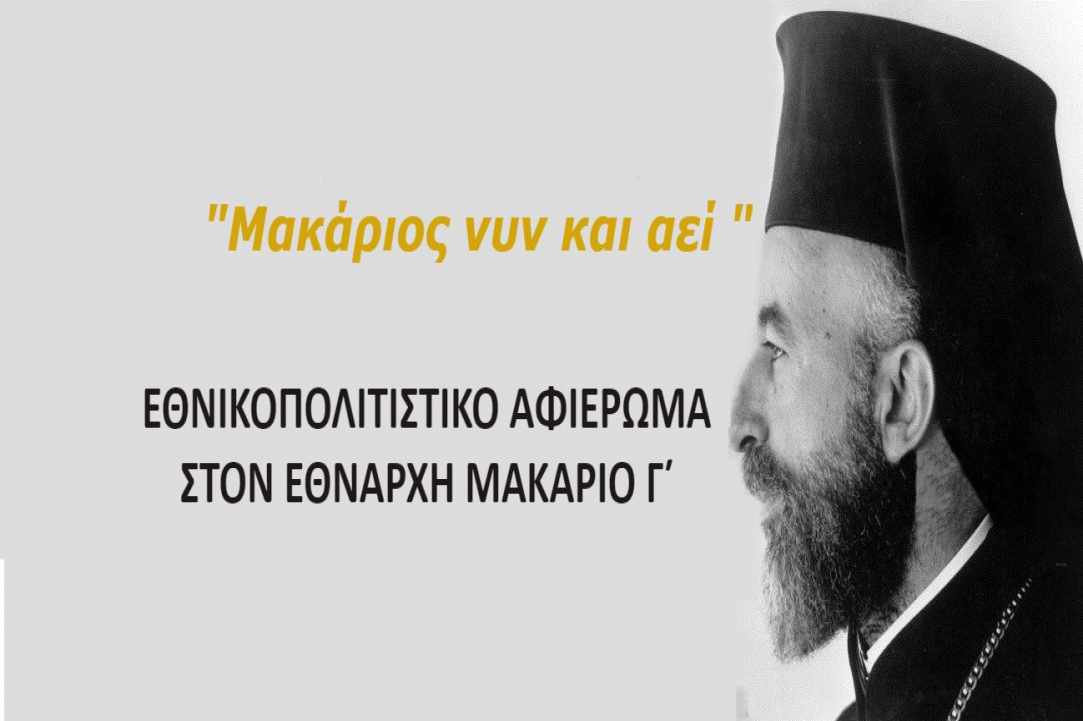
 Posted by
Georgia Christodoulou
Posted by
Georgia Christodoulou






